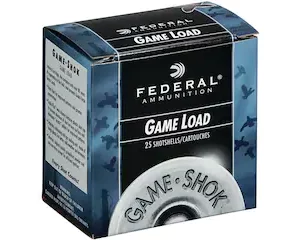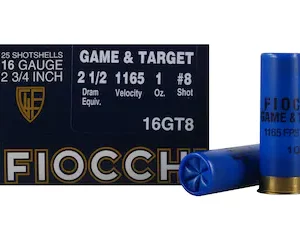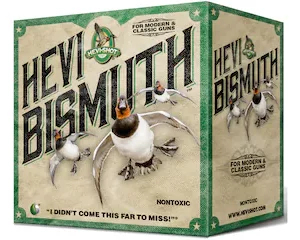16 Gauge Ammo: A Comprehensive Guide
The 16 gauge cartridge, known for its balance of power and recoil, is popular among shooters and hunters. Here's an in-depth look at its background, uses and benefits.History of 16 Gauge
The 16 gauge originated in the late 19th century, primarily used for hunting small to medium-sized game. Its popularity grew due to its effectiveness and manageable recoil.
Characteristics of 16 Gauge Ammo
Ammo Specs
- Caliber: .663 inches (16.8mm)
- Case length: 2.75 inches (70mm) or 3 inches (76mm)
- Muzzle velocity: Up to 1,400 ft/s
- Effective range: 20-50 yards
- Recoil: Moderate, suitable for experienced shooters
Uses of 16 Gauge Ammo
- Small game hunting: Ideal for rabbits, squirrels and birds.
- Upland game bird hunting: Effective for quail, pheasant and grouse.
- Deer hunting: Suitable for small to medium-sized deer.
- Sporting clays: Popular choice for competitive shooting.
Types of 16 Gauge Ammo
- Lead Shotshell: Ideal for hunting small game.
- Steel Shotshell: Suitable for waterfowl hunting.
- Buckshot: Effective for close-range hunting.
- Slugs: Accurate for long-range hunting.
Benefits of 16 Gauge Ammo
- Balance of power and recoil: Suitable for experienced shooters.
- Effective for small to medium-sized game: Ideal for hunting rabbits and birds.
- Versatility: Suitable for various shooting applications.
- Nostalgic appeal: Popular among collectors and enthusiasts.
Factors to Consider When Buying 16 Gauge Ammo
- Manufacturer: Reputable brands like Winchester, Remington and Federal.
- Quality: Look for brass or nickel-plated casings, non-corrosive primers.
- Quantity: 25-500 rounds or more.
- Storage: Dry, secure containers to maintain quality.
Safety Considerations
- Proper storage: Store in dry, secure containers.
- Handling precautions: Avoid touching sensitive areas.
- Eye protection: Wear protective eyewear during shooting.
- Shooting range safety: Follow range rules and regulations.



